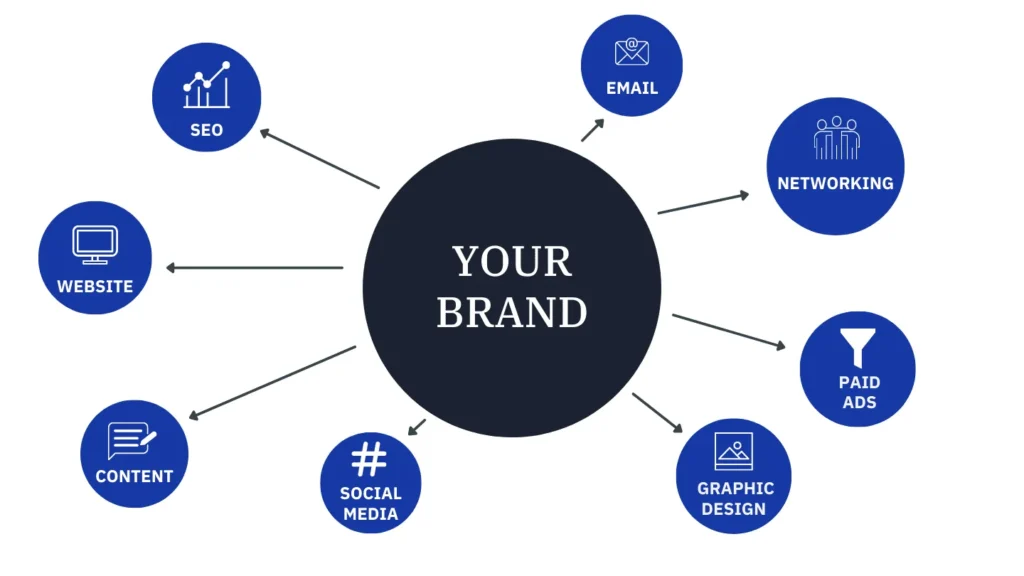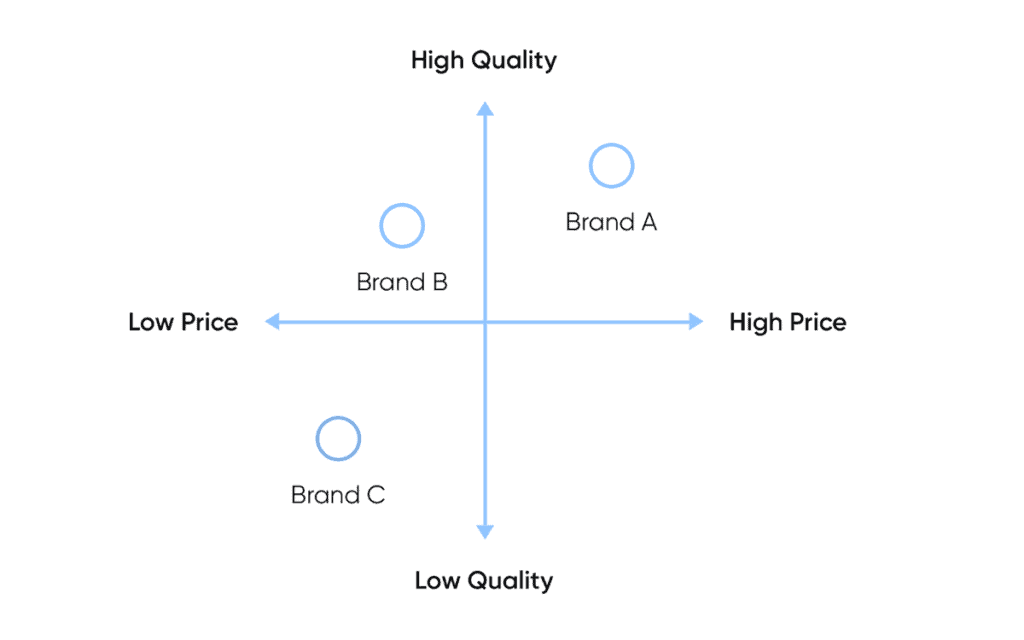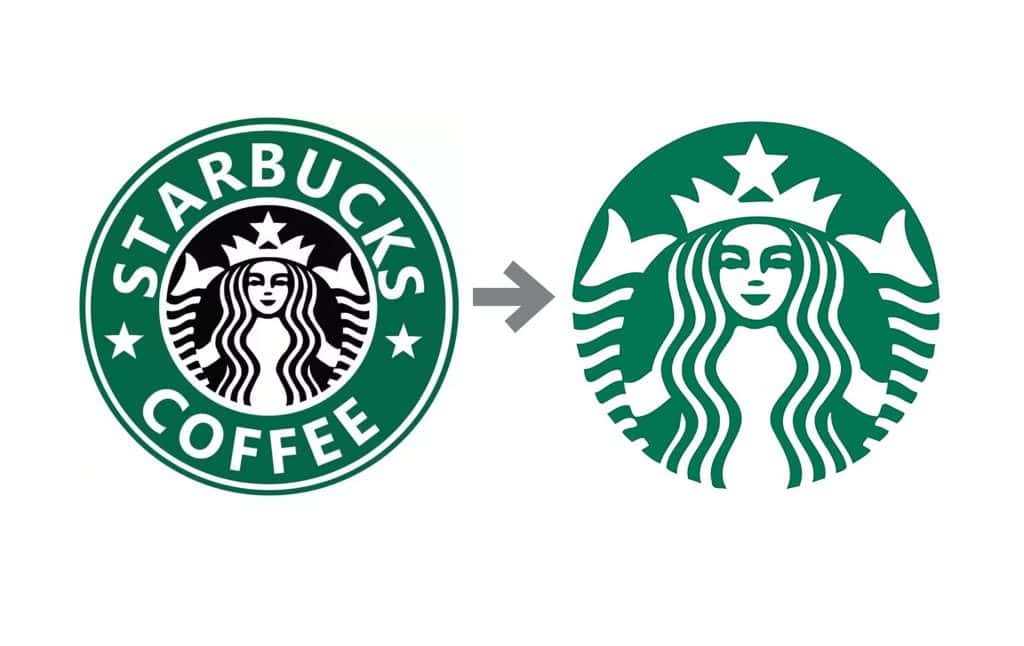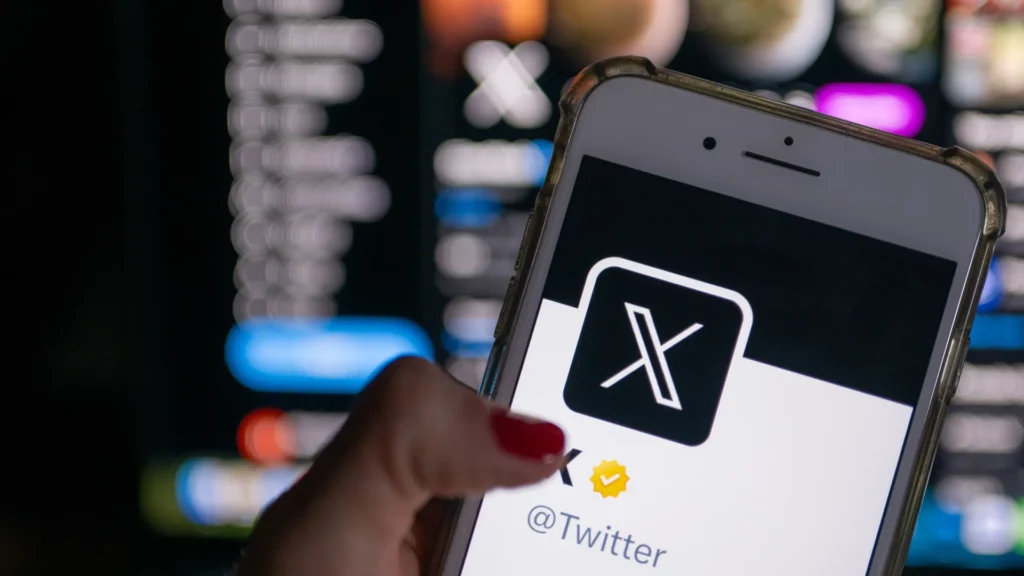What Is the Difference Between Branding and Positioning?
A brand represents the identity, personality, and essence of a company, product, or service. Branding refers to creating, positioning, and promoting that identity in the minds of target customers. Branding is crucial for companies today to differentiate, connect emotionally with customers, and drive loyalty. Without intentional branding, companies risk appearing generic, forgettable, and less valuable to customers.
Table of Contents
Key Branding and Positioning Statistics
- 90% of consumers say authenticity is important when deciding which brands they like and support.
- Consistent branding across channels can increase revenue by 23%.
- Strong, recognisable branding makes a company 58% more likely to attract high-quality job applicants.
When done effectively, branding boosts sales and forges lasting customer connections. As such, branding and managing brand identity should be a priority for modern businesses.
Core Branding Concepts and Terms

Several key concepts and terms relate to branding and brand management:
Brand identity – The visuals, messaging, personality, and essence of how a brand is perceived. It evolves based on market positioning and customer perceptions over time.
Brand image – How customers currently view a brand. The goal is to align the intended brand identity and image.
Brand awareness – How easily customers can recall or recognise a brand. High awareness is critical to branding success.
Brand loyalty – When customers consistently choose the same brand over competitors. Loyalty is built through emotional connections and satisfying customer needs.
Brand strategy – The plan to communicate a brand’s identity to customers, manage perceptions, and achieve business goals through branding efforts.
These core concepts drive branding decisions and tactical implementations.
Key Brand Benefits
- Trust and credibility – Well-known brands are perceived as more trustworthy.
- Price flexibility – Loyal customers will pay more for brands they connect with.
- Talent acquisition – Strong employer brands attract top candidates.
- Crisis resilience – Brand loyalty provides forgiveness if mistakes occur.
Developing a Brand Strategy

Branding does not happen by accident. Companies must deliberately develop and execute a brand strategy that aligns with business goals. Key steps include:
Research Current Perceptions
Conduct market research through surveys, interviews, and focus groups to understand where a company's brand currently stands in customers' minds along dimensions like awareness, loyalty, quality perceptions, and emotional connections. Identify gaps between current versus desired perceptions.
Clarify Brand Identity
Articulate precisely what makes the brand unique, what core values it represents, what customer pain points it addresses, and why target customers should care. Map out brand identity touchpoints.
Profile the Ideal Customer
Define detailed buyer personas to focus branding efforts on the best customers to foster loyalty and maximise lifetime value.
Audit Brand Assets
Take stock of existing marketing assets, brand guidelines, style guides, branded content, websites, signage, etc. Determine what needs updating, consolidating, or expanding to communicate brand identity cohesively.
Set Brand Strategy Goals
With the research done, set specific metrics to track branding success based on brand awareness, recall rates, sentiment, consideration rates, conversions, revenue growth goals, net promoter score benchmarks, etc.
Brand Positioning Strategies

Once brand identity is established internally, brands must influence external customer perceptions through intentional positioning strategies and messaging.
Occupying a Market Niche
Specialising in meeting specific customer needs better than competitors. Requires narrowing focus but enables focused positioning.
- For example, Ferrari's positioning is around luxury sports cars rather than all vehicles.
Highlighting Key Differentiators
Tout proprietary innovations, special features, superior performance metrics, or unique value propositions set a brand apart from substitutes.
- Examples include Apple's touting design, closed operating systems, and integration of devices as differentiators.
Appealing to Aspirational Self-Image
Align brands with how to target customers to see their ideal selves through messaging and brand ambassadors.
- Example: Nike uses star athletes to associate performance with athletic success.
Brand Archetyping
Adopting archetypal brand identities that resonate emotionally. It can layer multiple archetypes.
| Archetype | Core Desire | Example |
| Caregiver | Protect, help | Nonprofits |
| Ruler | Control, lead | Luxury brands |
| Creator | Innovate, original | Tech pioneers |
The positioning strategy must authentically align with brand identity while attracting loyal customers.
Building a Strong Brand Identity System

Managing a brand’s identity requires tangible systems and structures to cultivate the correct customer perceptions. Core brand identity components include:
Brand Messaging Framework
Consistent messaging is vital to branding success. Core messaging elements include:
Brand purpose – The meaningful aspirational reason a brand exists beyond profits. Provides motivation and structure for customers and employees.
Example: IKEA aims “to create a better everyday life for many people.”
Positioning statement – Concise phrase clarifying target customers, their needs, and the brand's solution.
For example, Harry’s provides quality, simple shaving products to time-strapped men at low prices.
Brand promise – Explains the unique value customers can expect from the brand.
Example: Shopify promises ecommerce software that’s easy to set up, use, and manage.
Brand personality – Human personality traits that embody the tone and style of brand communications.
Example: Mailchimp’s fun, friendly, and creative brand personality.
Visual Brand Identity Foundation
Visuals cue emotional responses and recognition. Core elements include:
Logo – Unique, recognisable brand iconography. It can evolve.
Colour palette – Signature colours reinforce brand traits. Used consistently across touchpoints.
Fonts – Branded fonts or font pairings that shape perceptions of the brand.
Image style – Photographic editing, illustrations, or video style conveying brand personality.
Graphic elements – Visual motifs, patterns, or textures used across branding materials.
Examples include Coca-Cola's script logo, signature red, custom font, real-moment photography style, and dynamic ribbon shapes.
Content Framework & Asset Development
Branded content, websites, and assets bring messaging to life consistently:
Buyer persona content – Targeted content addressing concerns of ideal buyer profiles.
SEO-optimised – Leveraging keywords and metadata to appear prominently in search engine results.
Calls-to-action – Directing customers to convert through sign-ups, trials, purchases, etc.
Social media assets – Imagery, captions, and graphics sized for vital social platforms.
Sales enablement – Providing a brand guidebook, presentation templates, product one-pagers, etc., to unify external sales rep messaging.
Tracking Brand Health Over Time

There's a saying that “what gets measured gets managed.” Brand tracking provides vital metrics on branding efforts through:
Brand Studies
Periodic quantitative market research through surveys and interviews evaluating brand performance on metrics like awareness, consideration, preferences, associations with critical attributes, etc., compared to competitors and category trends. Provides statistically valid feedback over time.
Social Listening & Monitoring
Ongoing tracking of brand mentions and sentiment in social media conversations. Enables real-time understanding of customer attitudes. Crisis management response is informed by listening to data.
Web Analytics
Granular site traffic data reveals customer behaviour patterns. Can connect branded content consumption to conversions. Informs digital experience optimisation.
Campaign Performance Analytics
Each campaign tracks explicit performance goals related to reach, engagement, and conversions that link to brand strategy KPIs. Demonstrates marketing ROI.
Ongoing brand tracking enables data-driven decisions on fine-tuning messaging positioning strategies and tactically brings the brand identity to life.
Common Branding Mistakes & How to Avoid Them

Even strong brands make missteps. Being aware of common pitfalls helps brands stay on course:
Not Understanding the Target Audience
Failing to research the target buyer persona leaves brands tone-deaf to what will uniquely appeal. Lead with deep customer empathy.
Generic Messaging
Playing it safe with broad claims versus specific, unique promises leaves brands forgettable. Take a bold stand.
Inconsistency Across Touchpoints
CONFLICTING messaging across channels, assets, etc., erodes trust in what a brand stands for. Obsess over alignment in look, feel, tone, and message.
Lacking Authenticity
Inauthentic branding feels like slick marketing rather than resonant messaging. Stay true to organisational values and back up claims.
Failure to Innovate
Brand identities become stale without evolving. Refresh and realign as customer needs and market dynamics shift while retaining brand DNA.
Maintaining Relevance Through Times of Change
Challenging times demand brands stay agile and resilient. Economic downturns, political polarisation, social justice movements, global pandemics, and digital disruption test brands to evolve appropriately. Agility while retaining authenticity is critical.
Guiding Principles for Change
- Know core brand DNA – Filter evolutions through what must stay unchanged even as expression adapts.
- Move beyond demographics – Lead with shared hopes and struggles that unite us rather than superficial differences that divide.
- Action over platitudes – Back words with measurable initiatives addressing societal needs.
- Celebrate unsung heroes – Lift overlooked stories of perseverance, service, justice, and human achievement that embody brand ideals.
Opportunities Amid Uncertainty
- Burst filter bubbles – Foster unexpected connections across groups through content and partnerships.
- Model integrity – Double down on transparency, quality, and accountability during instability.
- Spot unmet needs – Find gaps competitors miss in meeting changing consumer expectations.
- Rally communities – Facilitate spaces for people to support and inspire one another aligned with brand purpose.
Brands that remain grounded in purpose while responding with agility and care for people demonstrate steady leadership amid turbulence. They build reservoirs of trust and loyalty to weather storms.
Conclusion
Branding shapes perceptions that drive business success. It goes beyond surface-level messaging into crafting a soul of authentic meaning. Brand builders foster emotional connections over transactions by understanding target customers more profoundly and carving out a distinct niche in their hearts and minds. Savvy branding strategies and relentlessly consistent execution of brand identity systems transform how people regard and engage with organisations. Rather than treating branding as an afterthought, innovative companies place it at the core of their culture and market success.
FAQs
What should come first when developing a brand strategy: identifying positioning or articulating brand identity?
Ideally, they evolve together in an interdependent, iterative process rather than sequentially. Draft initial hypotheses for both based on research, get alignment on possibilities from leadership and then refine through continued analysis and testing.
What qualitative research methods help explore brand positioning opportunities?
Some practical qualitative approaches include literature reviews, employee interviews, focus groups, ethnographic observation, and comparative brand audits examining aspirational and struggling companies.
How can companies gain buy-in across departments to support brand transformation initiatives?
Get cross-functional stakeholders involved early in defining challenges, shaping visions, and designing strategies. Connect branding efforts to advancing the goals valued by each group, from marketing and sales to product development, HR, finance, and the C-suite.
Should brand tracks focus more on lagging indicators like revenue and market share or leading indicators like brand sentiment and consideration?
Leading indicators may predict future performance, so they should take priority. But identify metrics from both categories to link branding efforts to downstream business impact.
What role should company culture play in bringing brand identity to life?
Powerful branding can’t sustain itself through marketing alone but requires cultural alignment inside organisations. Executives must model brand values while operationalising them into guidelines, training, and incentives at all levels.
